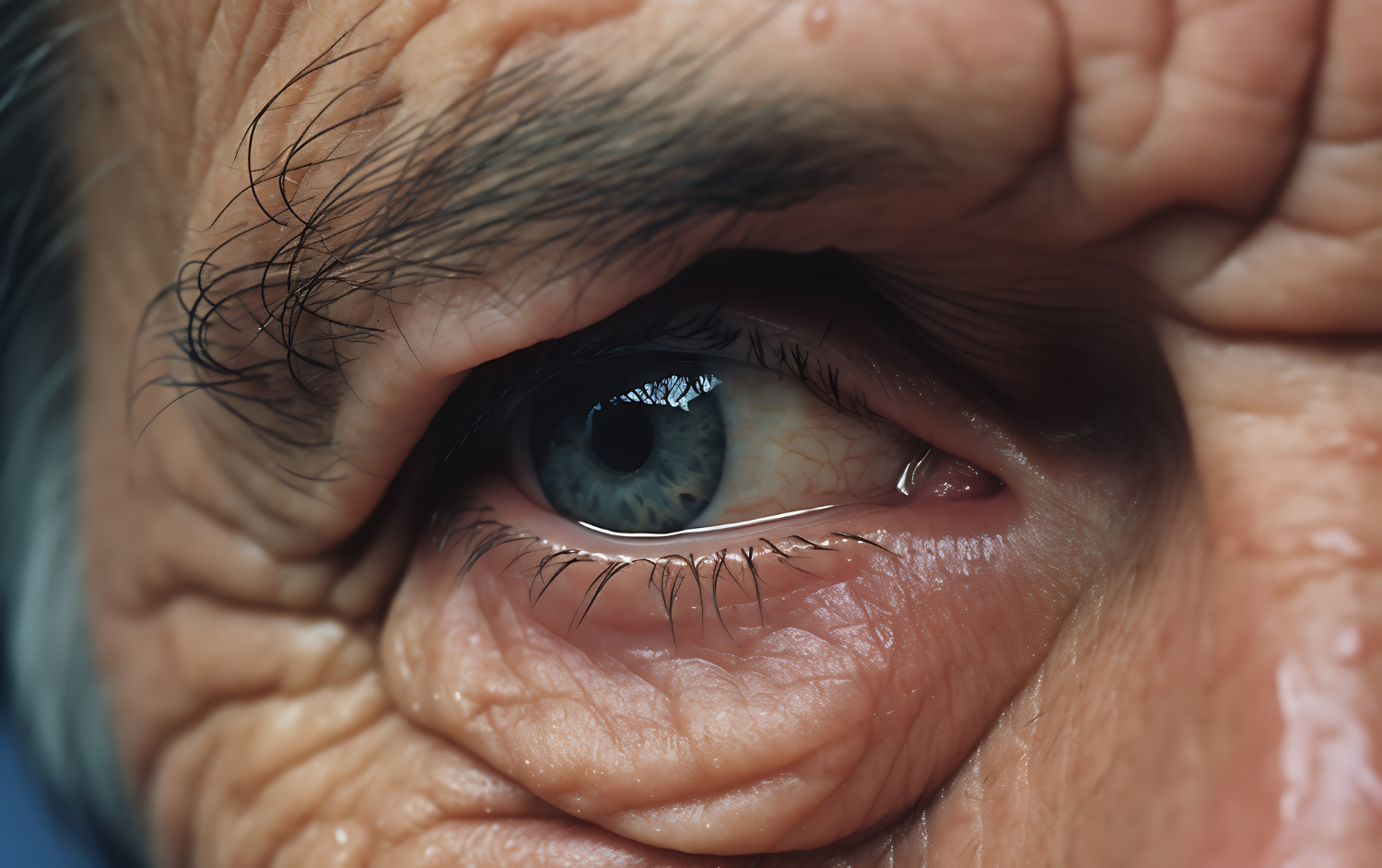Are you unsure how long you can keep in extended wear contacts? This article has all the information you need. Extended wear contacts can be worn continuously for up to six nights and seven days, providing convenient, hassle-free use. However, it’s important to understand the risks involved. Infection is the biggest concern, along with corneal neovascularization, inflammation, and irritation. To minimize these risks, remove your contacts before sleeping, avoid swimming, wash your hands, and avoid poor air conditions. Consult your eye doctor for personalized advice.
Risks of Extended Wear Contacts
Extended wear contacts come with certain risks that you should be aware of. One of the biggest risks is the possibility of corneal and conjunctival infections. When you wear contacts for an extended period of time, bacteria and microorganisms can adhere to the lenses and thrive in the warm, moist environment under the lenses, especially during sleep. These infections can range from pink eye to more serious conditions that can cause permanent vision loss.
Corneal infections
To reduce the risk of corneal infections, it is important to properly care for and remove your extended wear contacts before sleeping. Corneal infections can occur when bacteria and microorganisms adhere to the lenses, especially during sleep when the warm, moist environment under the lenses provides an ideal breeding ground. These infections can range from mild pink eye to more serious conditions that can cause permanent vision loss. Prevention strategies include washing your hands before handling lenses, avoiding swimming with contacts, and avoiding poor air conditions and smoke. If an infection does occur, treatment options may include antibiotic eye drops or ointments, and in more severe cases, oral antibiotics. It is crucial to prioritize corneal health by following proper contact lens care and seeking professional care if complications arise.
Conjunctival infections
If you wear extended wear contacts, you should be aware of the risks of conjunctival infections. Conjunctival infections, also known as pink eye or conjunctivitis, can occur when bacteria or viruses enter the eye and cause inflammation of the conjunctiva, the thin membrane that covers the white part of the eye. Extended wear contacts can increase the risk of conjunctival infections due to improper contact lens hygiene and prolonged wear. To prevent infections, it is important to practice good contact lens hygiene, such as washing your hands before handling lenses and avoiding sleeping or swimming with contacts. Regular check-ups with your eye doctor are also crucial to ensure the health of your eyes and to identify any potential issues early on. When considering extended wear contacts, it is important to weigh the risks and benefits compared to daily wear lenses.
Advances in Extended Wear Contact Lens Materials
With advances in extended wear contact lens materials, you can now experience improved comfort and safety when wearing contact lenses for an extended period of time. These advancements have brought about several benefits and options for extended wear contacts:
- Silicone hydrogel: Modern extended wear lenses are made with silicone hydrogel materials, which allow for better oxygen flow to the cornea. This helps to reduce the risks associated with reduced oxygen permeability.
- Oxygen permeability: The ability of the contact lens material to allow oxygen to pass through is a crucial factor in extended wear contacts. Silicone hydrogel lenses are particularly effective in providing the necessary oxygen supply to the eyes.
- Lens care: Flexible wear of extended wear lenses, where the lenses are removed at night, can help reduce the risks associated with extended wear contacts. Proper lens care, such as washing hands before handling lenses and avoiding expired lenses, is also important in maintaining the safety and effectiveness of the lenses.
- Rigid gas permeable: For those who prefer rigid gas permeable lenses, these lenses cover less of the eye and have a lower risk of debris and infection compared to other types of lenses.
Daily Disposable Lenses and Other Alternatives
Daily disposable lenses and other alternatives offer a safer and convenient option for those who want to avoid the risks associated with extended wear contacts. Daily disposable lenses, as the name suggests, are worn for a single day and then discarded. This eliminates the need for lens cleaning and reduces the risk of eye infections. While the cost of daily disposables may be higher compared to other contact lens options, the convenience factor and reduced risk of complications make them a popular choice among patients.
In addition to daily disposable lenses, there are other alternatives to extended wear contacts. One option is LASIK surgery, which can eliminate the need for glasses and contacts altogether. LASIK is a popular alternative for those who are eligible and seek a permanent vision correction solution. However, it is important to consider the cost comparison and long-term effects before making a decision.
Patient satisfaction is a crucial factor to consider when choosing between different contact lens options or LASIK surgery. It is essential to consult with an eye care professional to determine the most suitable option based on individual needs and preferences. They can provide expert guidance and help weigh the pros and cons of each alternative.
If Problems Occur, Seek Professional Care
If you experience any problems with your extended wear contacts, it is important to seek professional care immediately. Your eye health is crucial, and any issues should be addressed by an eye doctor as soon as possible. Here are some important points to keep in mind:
- Importance of regular check-ups: Regular visits to an eye doctor are essential for maintaining good eye health. Even if you don’t have any apparent problems, it is recommended to have regular check-ups to detect any underlying issues early on.
- When to see an eye doctor: If you notice any changes in your vision, such as blurred vision or difficulty focusing, or if you experience redness, irritation, or discomfort in your eyes, it is crucial to schedule an appointment with an eye doctor promptly.
- Common eye problems: Eye problems can range from minor irritations to more serious conditions. Some common issues include dry eyes, conjunctivitis (pink eye), corneal ulcers, and contact lens-related infections. Seeking professional care can help diagnose and treat these problems effectively.
- Eye care tips and importance of proper lens care: Proper lens care is essential for maintaining good eye health. Follow the instructions provided by your eye doctor for cleaning and disinfecting your contact lenses. Additionally, practicing good hygiene, such as washing your hands before handling your lenses, can help prevent infections and other issues.
What Are Extended Wear Contacts
Extended wear contacts refer to a type of contact lenses that can be worn continuously for an extended period of time, typically up to six nights and seven days. These contacts are made with advanced materials, such as silicone hydrogel, that allow for better oxygen flow to the eyes. This is important because the cornea receives oxygen from the blood vessels in the eyelids during sleep. Extended wear contacts, especially those made with silicone hydrogel, are designed to allow more oxygen to pass through the lens to the eyes.
There are several benefits to wearing extended wear contacts. Firstly, the lens materials used in these contacts allow for better oxygen permeability, promoting eye health. Secondly, they are particularly beneficial for people with unpredictable or highly active lifestyles, as they eliminate the need for daily lens insertion and removal. Additionally, extended wear contacts can also be helpful for people with binocular vision abnormalities and those with high refractive errors.
However, it is important to consider the risks associated with extended wear contacts. The biggest risk is the increased chance of eye infections, as continuous wear allows bacteria and microorganisms to adhere to the lenses. Other risks include corneal neovascularization, inflammation, and irritation. To mitigate these risks, it is recommended to remove even extended wear contacts before sleeping if possible, avoid handling lenses without washing hands, and avoid swimming with contact lenses. It is also important to consult with an eye doctor for any changes or problems with contact lenses.
When comparing extended wear contacts to daily disposable lenses, it is important to weigh the pros and cons with your eye doctor. Daily disposable lenses are a safer alternative as they eliminate the risks associated with sleeping with lenses. Ultimately, the choice between extended wear contacts and daily disposables depends on your lifestyle and the recommendations of your eye doctor.
Benefits and Suitability of Extended Wear Contacts
Wearing extended wear contacts can offer numerous benefits and are suitable for individuals with active lifestyles or unpredictable schedules. Here are four reasons why extended wear contacts may be a good option for you:
- Benefits of continuous wear: Extended wear contacts can be worn continuously for up to six nights and seven days, providing convenience and flexibility. You don’t have to worry about taking them out and putting them back in every day.
- Comparing extended wear to daily wear: Unlike daily wear contacts that need to be removed and cleaned daily, extended wear contacts require less maintenance. This can save you time and effort in your daily routine.
- Extended wear for active lifestyles: If you have an active lifestyle, such as participating in sports or outdoor activities, extended wear contacts can provide the freedom and comfort you need. They won’t get in the way or limit your movements like glasses might.
- Extended wear for people with vision abnormalities and high refractive errors: Extended wear contacts can be beneficial for individuals with vision abnormalities, such as astigmatism, or high refractive errors. They provide clear and consistent vision correction throughout the day, allowing you to see clearly without the need for glasses.




